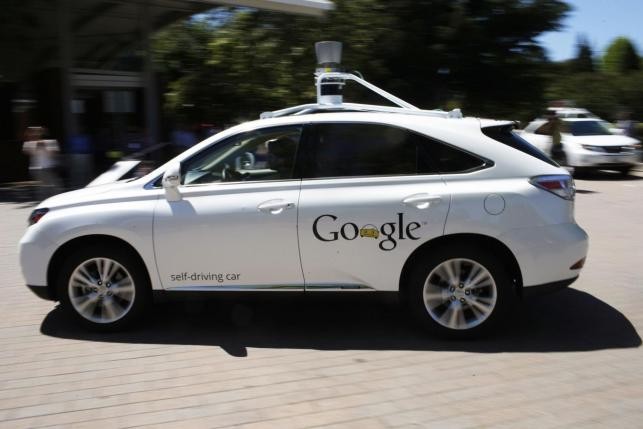Self-driving cars can apparently make passengers experience nausea and motion sickness, a new study says.
Researchers from the UMTRS (University of Michigan's Transportation Research Institute) said that self-driving vehicles will most likely cause more motion sickness compared to today's manually driven cars.
One good reason that self-driving cars will be nauseous is because of the passenger's disconnection between visual inputs and the inner-ear balancing system of the human body. Another is that the passenger will not be able to anticipate the direction of the vehicle's motion.
The researchers are forecasting that around six to 12 percent of Americans who will ride in self-driving cars will most likely experience moderate to severe nausea, according to Forbes.
To get the data, over 3,200 adults in the U.S., China, Great Britain, Japan, Australia and India were asked about what activities they would probably do when inside a self-driving car. More than one-third of the Americans said that they would play video games, watch on their gadgets, text and even read-activities that are proven to cause motion sickness while in a vehicle.
However, not all Americans answered activities that cause nausea. For instance, over 60 percent said that they would rather sleep, watch the road and talk to friends and relatives on the phone.
The researchers said that motion sickness can be prevented just like in a regular car by stopping the nausea-causing activities, according to PC Mag.
There are several things that were suggested by the researchers to minimize the likelihood of self-driving car motion sickness. For one, they recommend maximizing the passenger's visual field by installing transparent windows. Replacing swivel seats with fully reclining seats are also highly recommended.
Self-driving cars are still quite far from reality, but not impossible. Tech giants such as Google and Tesla Motors are already working on their own versions of fully autonomous vehicles. However, state regulations and current technology are limiting the progress made.



























